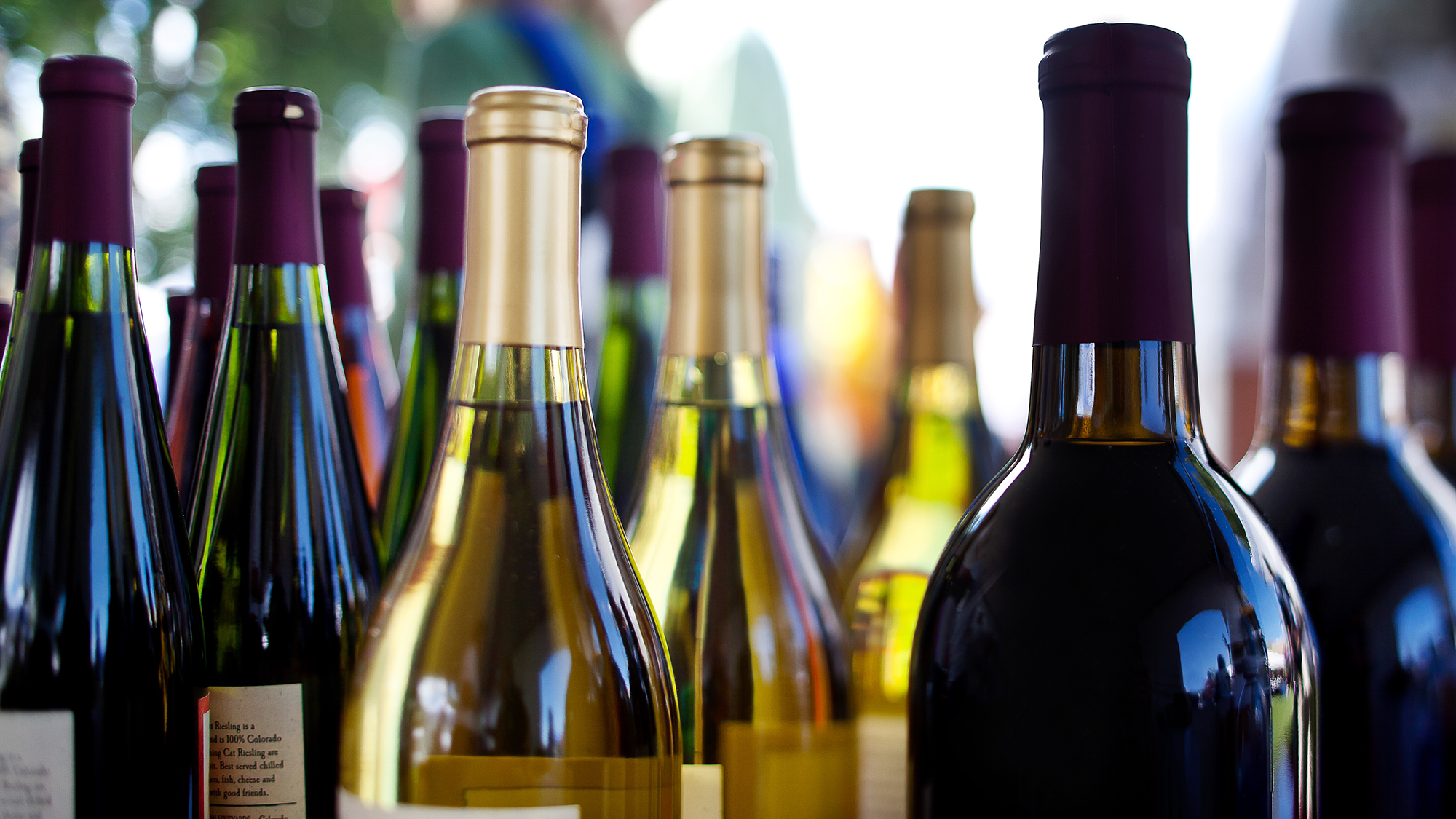
In the past few weeks, the European Union has started to enforce its mandate for nutrition labels on wine. The United States may soon follow, since consumer groups have put pressure on the U.S. Treasury Department to require more comprehensive labels.
It’s unclear how ingredient and nutrition labels would impact Americans’ drinking habits, although a recent study with 800 participants found that after consumers read wine labels, they saw wine as “less healthy” than they did beforehand, and so were less likely to buy it.
Researchers found that most American consumers do not consider wine unhealthy, and were surprised by the high calories, sugar and carbohydrates on the label.
But some industry experts aren’t concerned. Michael Kaiser, executive vice president at the lobbying group WineAmerica, noted that the U.S. wine industry is changing on its own to include labeling since consumers want to know more about what’s in the wines they drink.
Just last week, Oregon winery Sokol Blosser announced that it will add nutrition and ingredient information to two of its wines. The company’s president, Alex Sokol Blosser, said that more consumers, especially younger consumers “want to know not only where their wine comes from, but what’s in it. Why not give the people what they want?”
Blosser added that the EU’s mandatory ingredient labeling caused him to expect that the Treasury’s Alcohol, Tobacco Tax and Trade Bureau (TTB) will do the same, so it was an “easy decision” to add the labels. The winery plans to add labels to all of its wines over time.
U.S. wine labels have changed very little since 1935, apart from the addition of the 1988 surgeon general’s warning against drinking while pregnant or before driving.
Many winemakers are in favor of additional labeling for health and safety reasons, but worry that smaller wineries may suffer.
“It will hurt [small businesses] more,” Martha Stoumen owner of Martha Stoumen wines told Wine Enthusiast, explaining the costs are already high to comply with existing laws. “Last year, 15% of my overhead expenses paid just for compliance, and we still do a good amount of the work ourselves to minimize the cost,” she said.
The EU mandate requires a full list of ingredients and calories to be on the physical label, but some nutritional facts like sugar, protein and carbohydrates can be accessible through a QR code.
In the US, the TTB has told consumer groups that it will begin the process to mandate labels on alcohol, but it has not proposed any new rules yet. Once it does, the process is likely to take at least two years, according to WineAmerica, and may take longer.
In the meantime, consumers may push for more information from wine producers. As many as 72 chemical additives are allowed in wine, and producers are not required to disclose the additives they use.
While there is little research about how chemical additives in wine affect health, demand has increased for “natural” wines made through more traditional methods. But “natural” wine is also not clearly defined or required to meet certain requirements by the TTB.
